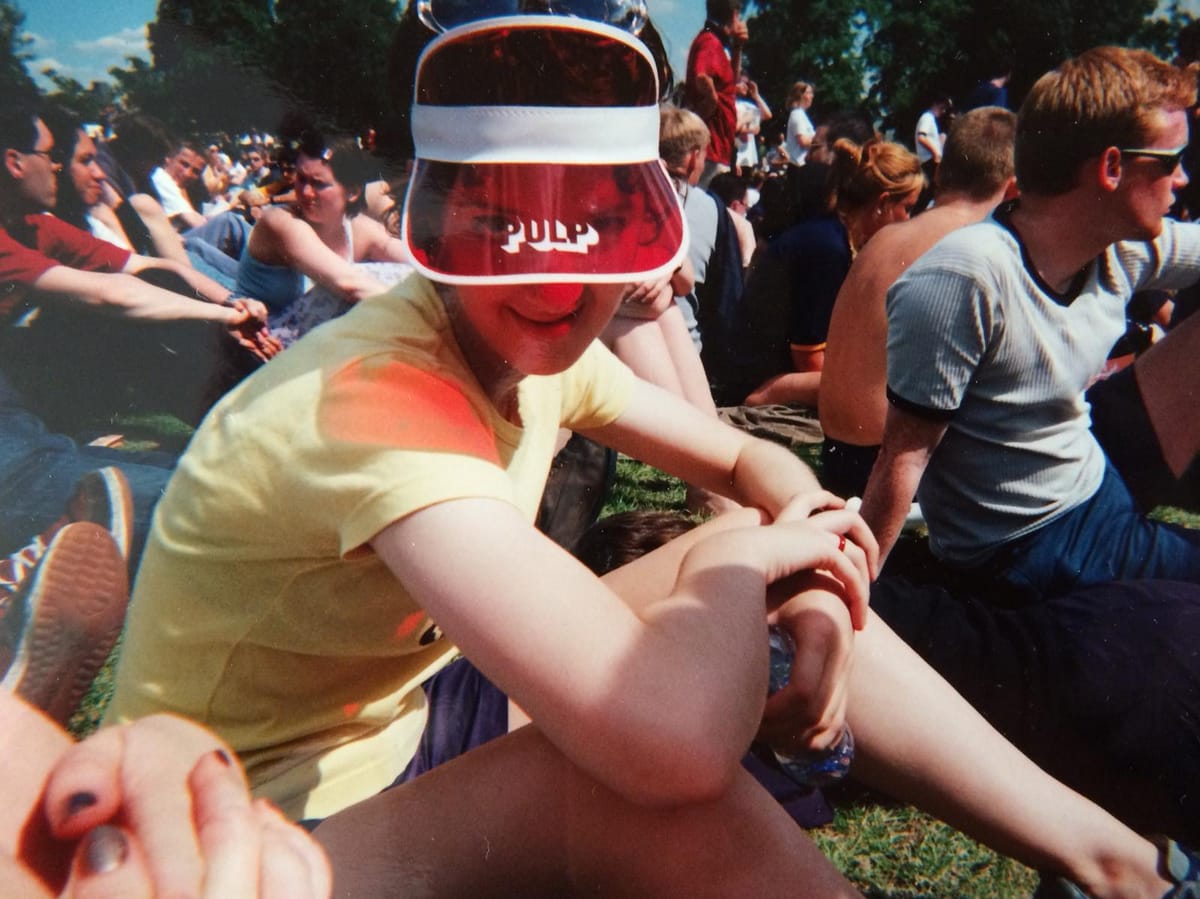This post is for paying subscribers only
Subscribe now and have access to all our stories, enjoy exclusive content and stay up to date with constant updates.
From the perfect mixtape to vintage tracksuits that smelt like a loft, Anna Doble explores what Superfandom meant back then.

Subscribe now and have access to all our stories, enjoy exclusive content and stay up to date with constant updates.
Already a member? Sign in